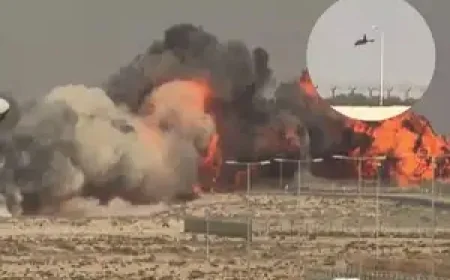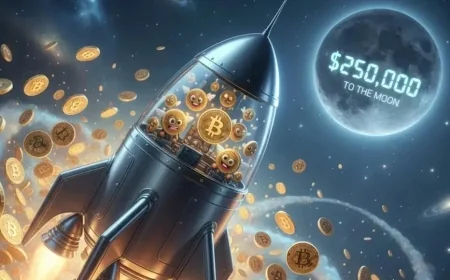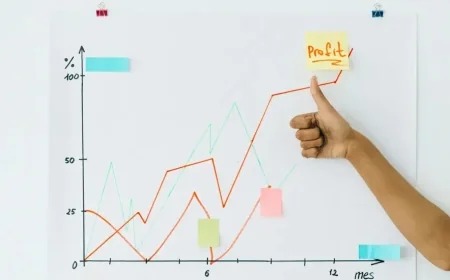Will Polar Blast Heat Up Natural Gas ETFs This Winter?
Natural gas prices may rise this winter as forecasts predict extreme cold across the U.S., Asia, and Europe due to a weakened polar vortex.

Therefore, for the United States, weather forecasters expect a colder-than-normal winter, and certainly colder than last year. Last year, this vortex didn't break up until March, mitigating the impact of winter. In Asia, La Niña—a cooling of the Pacific Ocean surface—is increasing the likelihood of a colder-than-normal winter in much of China, according to the same Bloomberg article.
A severe cold snap could cause electricity and natural gas prices to rise. The United States Natural Gas Fund LP (UNG), which is down nearly 18% this year (through November 7, 2025), has gained 4.5% in the past week.
Typically, the Arctic cold brings this commodity to life every winter. The cold increases electricity demand across the region, focusing on natural gas. Since nearly 50% of Americans use natural gas for heating, a shortage in natural gas supply tends to drive up prices.
According to Morgan Stanley analyst Jack Lu, such events could increase the risk of natural gas shortages. He warned that gas consumption and prices could rise in both wholesale and retail markets, according to Bloomberg, as quoted on Yahoo Finance.
ETF Impact
Investors can also look at the leveraged natural gas ETF ProShares Ultra Bloomberg Natural Gas BOIL, which has gained nearly 8% (as of November 7, 2025). Investors should note that natural gas stocks like the First Trust Natural Gas ETF FCG have also gained 3.4% during this period.
What's next for natural gas?
According to Reuters, US energy companies produced record amounts of natural gas during the third quarter as producers made concerted efforts to meet growing domestic and export demand for the fuel.
Energy-intensive data centers and a boom in liquefied natural gas (LNG) exports are driving gas needs in the US. According to the US Energy Information Administration (IEA), cited by Reuters, both supply and demand are set to reach record highs in 2025 and 2026.
The EIA expects dry natural gas production to increase from 103.2 billion cubic feet per day (bcfd) in 2024 to 107.1 bcfd in 2025 and 107.4 bcfd in 2026, exceeding the record 103.6 bcfd in 2023. The agency also estimates that total gas consumption – including exports – will rise from a record 111.5 bcfd in 2024 to 115.7 bcfd in 2025 and 117.7 bcfd in 2026, a Reuters article revealed.
This means the upcoming winter season will be good for natural gas investments, but prices may not continue to rise after winter as the United States boosts gas production to meet higher AI-fueled demand.
What's Your Reaction?
 Like
0
Like
0
 Dislike
0
Dislike
0
 Love
0
Love
0
 Funny
0
Funny
0
 Angry
0
Angry
0
 Sad
0
Sad
0
 Wow
0
Wow
0












































